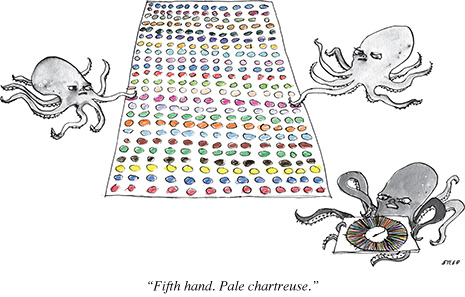http://www.pulseitmagazine.com.au/index.php?option=com_content&view=article&id=1759:smart-money-on-smart-fabrics-as-a-wearable-sensor-technology&catid=16:australian-ehealth&Itemid=327
SMART MONEY ON SMART FABRICS AS A WEARABLE SENSOR TECHNOLOGY
WRITTEN BY KATE MCDONALD ON .
The booming field of wearable sensor technology to monitor and measure biometric signals is one being investigated by a number of start-up companies around the world as well as established players like Shimmer andMetria, but one New Zealand-based company is taking it a step further by developing smart textiles that act as the sensor themselves, rather than using embedded electronics.
Footfalls & Heartbeats (FHL) was founded by UK-based chemist Simon McMaster and works with a number of research groups around the world using its proprietary method to create smart textiles that act as biomedical sensors.
The company is set to launch its first product through commercial partner Carolon, a US-based manufacturer of compression bandages and hosiery. The Smart Sock will allow nurses to measure compression levels in millimetres of mercury for the treatment of chronic venous leg ulcers. Measurements of compression level are taken through the fabric and transferred to a detachable interface that the nurse can also monitor remotely.
As the company’s name suggests, it is also investigating how to use its smart textiles to measure and monitor heart rate, not just for athletic and performance purposes but also for medical use. Respiratory rate is another target, with plans to develop clothing that can measure respiratory rates in infants for remote health monitoring.
Footfalls & Heartbeats market analyst Dil Khosa said the company believes it is the first in the world to use smart textiles in the healthcare industry.
“Footfalls is a knitted textile,” she said. “It is purely a textile that is the sensor, which is not what you normally see, which is embedded electronics in the fabric.”
Compression textiles is the company’s first market, and in addition to treatments for venous leg ulcers it is working with the University of Nottingham in the UK to built a sock to predict diabetic foot ulcers.
“Our future markets will be enabled by measuring bio-electrical signals and also the respiratory rate for remote health monitoring,” Ms Khosa said.
“We think this is the answer to a lot of the high cost of monitoring, for example measuring lung function with cystic fibrosis. We also think we’ll be able to achieve better patient compliance. One person with cystic fibrosis said she would be more likely to keep going to physiotherapy if she could get easy real-time measurements of her lung function on a daily basis.”
The development of smart textiles for healthcare purposes is very much allied to the quantified self movement, which uses wearable technologies and movement measuring devices and the like to acquire data on daily activities. While the personal fitness and wellbeing market is a growing one, the use of wearable devices is also being driven by its application in medicine.
However, rather than attaching sensors to or embedding sensors within fabrics, the development of fabrics as the sensors themselves is a whole step further. And while compression bandages and hosiery are the obvious first target, Footfalls & Heartbeats is also working in areas such as medical monitoring during tests like electrocardiograms, infant monitoring, pressure sensing in wheelchairs and beds, and performance monitoring for athletes.
Future development of the textile aims to make it sufficiently sensitive to detect the bioelectrical signals of active and passive skeletal muscles, which has the potential to allow ambulatory ECG and EMG, the company says.
“Other future product development includes the ability to measure blood oxygen saturation levels and blood flow rates. Applications may potentially include injury rehabilitation, neurological trauma reconditioning, real-time stress testing or a human interface for robotics.”
The company has a number of institutional and private investors including GD1, Sparkbox Venture Group, the New Zealand Venture Investor Fund and Pacific Channel, and works collaboratively with the UK and New Zealand governments, the Auckland University of Technology and North Carolina State University in the US.
It has also developing business relationships with global giants Sony and Adidas.










 Fiona Nash: her chief of staff has quit. Photo: Peter Rae
Fiona Nash: her chief of staff has quit. Photo: Peter Rae
 A screen grab of the website before it was discontinued.
A screen grab of the website before it was discontinued.
 Alastair Furnival Photo: Supplied
Alastair Furnival Photo: Supplied




Post a comment